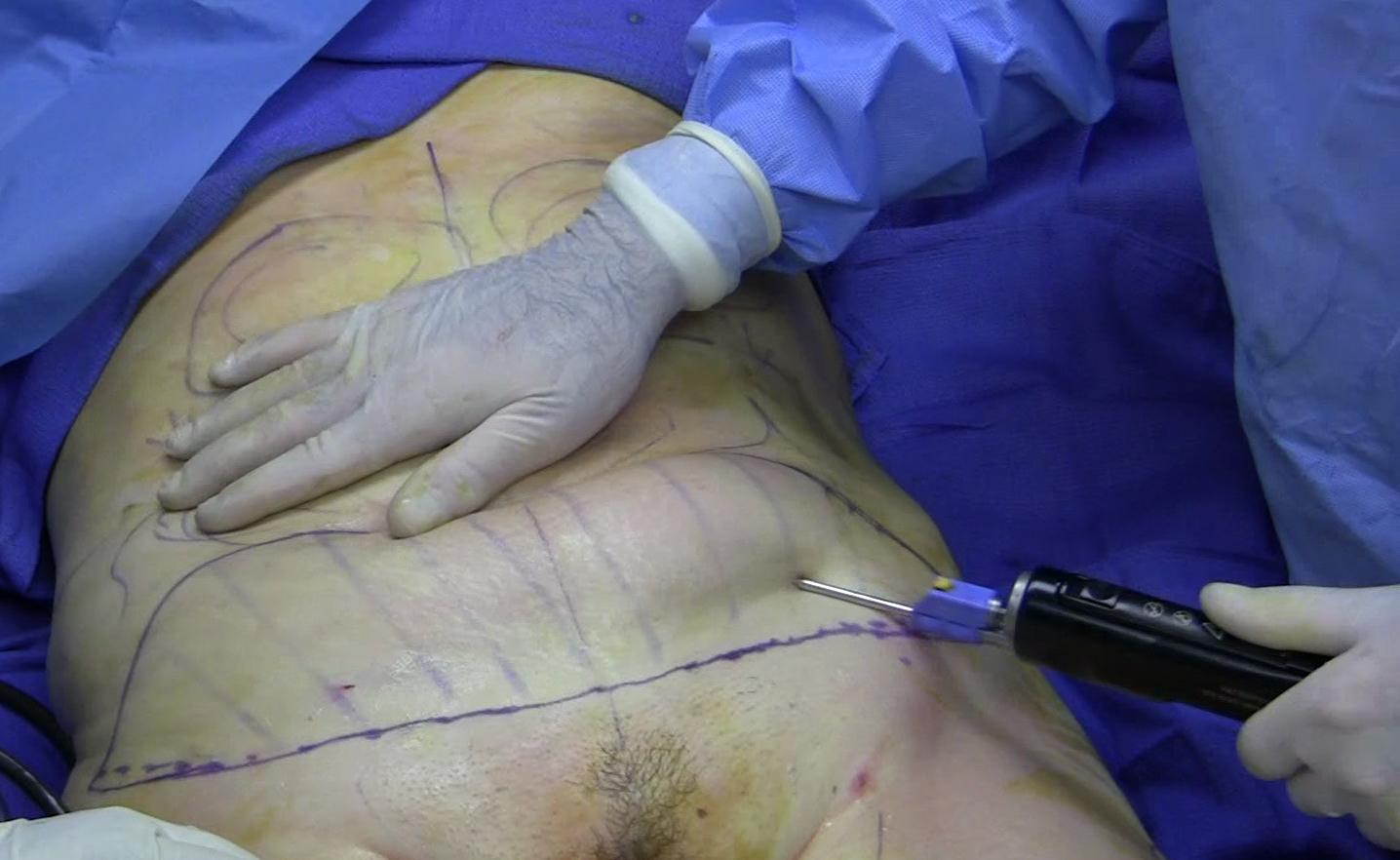Liposuction is one of the most frequently chosen procedures in cosmetic surgery, helping many individuals achieve their desired body contours. As an advanced medical field, it offers multiple techniques tailored to different needs. Understanding these techniques allows individuals to make informed decisions when discussing their goals with a cosmetic professional.
What Is Liposuction?
Liposuction is a cosmetic procedure aimed at removing excess fat cells from specific areas of the body. These areas can include the abdomen, thighs, hips, arms, chin, and back. While not a weight loss method, liposuction is for individuals aiming to refine or reshape areas where excess fat persists despite exercise and a balanced diet.
During the procedure, a surgeon uses specialized instruments to break apart and suction out fat cells. Since the primary goal is aesthetic enhancement, outcomes typically involve improved body contours and proportions, resulting in a more streamlined appearance. Patients should discuss their circumstances with a certified professional to evaluate whether liposuction aligns with their aesthetic objectives.
What Are the Different Types?
Modern advancements have introduced several liposuction techniques. Each tailored to achieve specific results, minimize recovery time, or address unique factors in treatment. A discussion with you and your cosmetic surgeon can determine which procedure best suits your needs.
Traditional
Traditional liposuction is the most foundational technique. It involves inserting a thin, hollow tube (cannula) into the targeted area where excess fat is present. The surgeon then physically dislodges fat cells and suctions them out using a vacuum device. Traditional liposuction typically requires general anesthesia and is associated with a moderately longer recovery period compared to newer techniques.
Tumescent
Tumescent liposuction builds on the traditional method by incorporating a specialized fluid solution. This saline solution is injected into the treatment area beforehand. The tumescent technique helps numb the treated area, reduce discomfort, and minimize the likelihood of excessive bleeding. This approach tends to have a shorter recovery time compared to the traditional version.
Laser-Assisted
Laser-assisted liposuction (LAL) involves the use of laser energy to break down fat cells before they are removed. A targeted laser generates heat to liquefy the fat tissue, making it easier to extract. This method can be utilized for smaller areas of fat removal and is associated with tighter skin as the heat stimulates collagen production.
Circumferential
Also known as 360-degree liposuction, this technique focuses on contouring an entire body section. Rather than treating just one segment of the abdomen, circumferential liposuction targets the lower back, hips, and front of the waist as a comprehensive unit. Individuals electing circumferential liposuction often seek proportional results and enhanced definition in larger treatment zones such as the torso.
High Definition
High definition liposuction uses advanced sculpting techniques to create highly defined and athletic contours. It is most effective for individuals starting with a leaner base who aspire to accentuate muscle definition, such as achieving visible abs or sharper chest outlines. This method is particularly popular among individuals seeking targeted enhancements to display natural musculature.
Confer With a Cosmetic Surgeon
Determining which liposuction technique to pursue is not a decision to be made lightly. A consultation with a qualified cosmetic surgeon will provide insight into whether you’re a suitable candidate and which approach aligns with your goals. By exploring these options thoroughly, it’s possible to make an informed choice tailored specifically to your satisfaction.
- FREHF – The Revolutionary Future Of Human-Centered Technology!
- Adsy.Pw/Hb3 – Boost Your SEO And Drive More Traffic!
- Fitness Based Vacations By Timeshealthmage.com!
- TimesHealthMag Tips For Improving Sleep Quality – Expert Advice For Better Rest!
- How TimesHealthMage Helps Improve Your Lifestyle Habits!


Leave a Reply